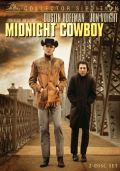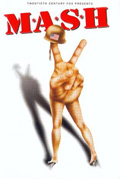
Note: This is #51 in my 52 Classic Movies in 52 Weeks challenge for 2009.
I was kind of familiar with the television series of the same name that spun off from this movie, so MASH wasn’t completely new ground. Like the TV show, the movie features an ensemble cast, but the main players are three Army doctors pressed into service as field surgeons during the Korean War: Hawkeye Pierce (Donald Sutherland), Duke Forrest (Tom Skerritt), and “Trapper” John McIntyre (Elliot Gould).
Oddly, the movie is episodic, featuring a series of interconnected stories that last 15 to 20 minutes each. The common theme that runs through all of them is the three doctors (and to a lesser extent their comrades) trying to retain their mental balance in the face of the wartime horrors that keep coming to them on stretchers and operating tables. Mostly this is done by desparately scrabbling for humor wherever it can be found, from sneaking a microphone into a tent so that two people’s lovemaking is broadcast over the loud speakers to fooling a the camp’s meloncholy dentist into thinking that he has committed suicide only to give him a new lease on life when he wakes up. There’s a strong streak of anti-establishment rebellion running through almost everyone in the camp, but especially the three doctors. Those few, like Nurse “Hot Lips” Houlihan, who do not embrace absurdity and black humor of their situation are targeted for humiliation and ridicule until they finally break down and either get with the program or get carried away in a straight jacket. If National Lampoon covered the Vietnam War (or the Korean war, for that matter) the results would be pretty similar to MASH.
MASH is billed largely as a dark comedy, and I get that to some extent. Donald Sutherland and Elliot Gould in particular have a great, understated comedic tilt to their performances, and they’re fun to watch and listen to. And I get the vibe about how the only way they can endure their situation is to laugh in its face while they’re elbow deep in the gore of the war’s victims. But by and large I just didn’t find MASH that funny. Dark, yes. Often absurd, yes. But not really funny. Still, dark and absurd aren’t that bad, especially when you’ve got some great performances. Plus I also liked the style that director Robert Altman brought to the filming, with long shots, extreme zooms, and overlapping conversations. I hadn’t seen anything much like that in my movie list for this experiment, but I can see how it affected subsequent films.














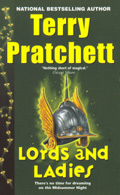 Lords and Ladies is the 14th Discworld book by Terry Prattchett, which is a feat in and of itself, and it’s the 4th book to focus on the Lancre coven of witches. I had initially disliked Granny Weatherwax in her first couple of books, but along with her ever present friend Nanny Ogg she has become one of my favorite inhabitants of the Disc. Lords and Ladies deals with the pending marriage of Magrat Garlick, the third member of the coven, to the king of Lancre and a simultaneous outbreak of elves. Only Prattchett’s elves aren’t of the “Fa la la la” or toy-making kind. They’re more the “take over the world and torture people to death” kind.
Lords and Ladies is the 14th Discworld book by Terry Prattchett, which is a feat in and of itself, and it’s the 4th book to focus on the Lancre coven of witches. I had initially disliked Granny Weatherwax in her first couple of books, but along with her ever present friend Nanny Ogg she has become one of my favorite inhabitants of the Disc. Lords and Ladies deals with the pending marriage of Magrat Garlick, the third member of the coven, to the king of Lancre and a simultaneous outbreak of elves. Only Prattchett’s elves aren’t of the “Fa la la la” or toy-making kind. They’re more the “take over the world and torture people to death” kind.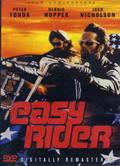















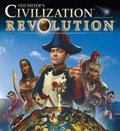
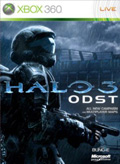
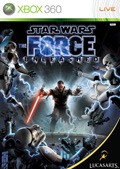

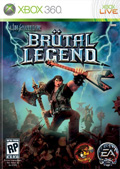

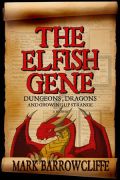 NOTE: The author of this book posted a comment here that provides some interesting context to my review and some counterpoints. It’s definitely worth noting, so click on the “comments” link below.
NOTE: The author of this book posted a comment here that provides some interesting context to my review and some counterpoints. It’s definitely worth noting, so click on the “comments” link below.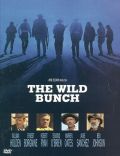


 The humongous, full title of this book by Ronald Kessler is In the President’s Secret Service: Behind the Scenes with Agents in the Line of Fire and the Presidents They Protect. And as the title suggests, it aims to tell the secret story of the equally secret service, gleaned by meticulous research, high quality reporting, cross-referencing each story with multiple sources, and maintaining a tone of level headed objectivity without taking sides.
The humongous, full title of this book by Ronald Kessler is In the President’s Secret Service: Behind the Scenes with Agents in the Line of Fire and the Presidents They Protect. And as the title suggests, it aims to tell the secret story of the equally secret service, gleaned by meticulous research, high quality reporting, cross-referencing each story with multiple sources, and maintaining a tone of level headed objectivity without taking sides.




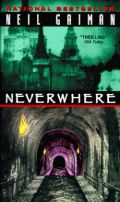 I picked up this “urban fantasy” novel by Neil Gaiman based on the fact that I had
I picked up this “urban fantasy” novel by Neil Gaiman based on the fact that I had 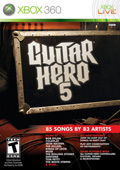 When GameFly sent me Guitar Hero 5 instead of all the other more exciting games ahead of it in my queue, I grimaced. Badly. Activision has been busily bloating the market with an exasperating number of entries in the fake plastic rock genre lately, what with Guitar Hero 5, Guitar Hero Metallica, Guitar Hero Van Halen, Band Hero, DJ Hero, and probably some others I’ve blocked out. And Harmonix hasn’t helped with Rock Band: The Beatles and Lego Rock Band.
When GameFly sent me Guitar Hero 5 instead of all the other more exciting games ahead of it in my queue, I grimaced. Badly. Activision has been busily bloating the market with an exasperating number of entries in the fake plastic rock genre lately, what with Guitar Hero 5, Guitar Hero Metallica, Guitar Hero Van Halen, Band Hero, DJ Hero, and probably some others I’ve blocked out. And Harmonix hasn’t helped with Rock Band: The Beatles and Lego Rock Band.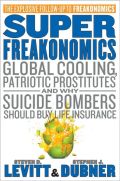 I
I 